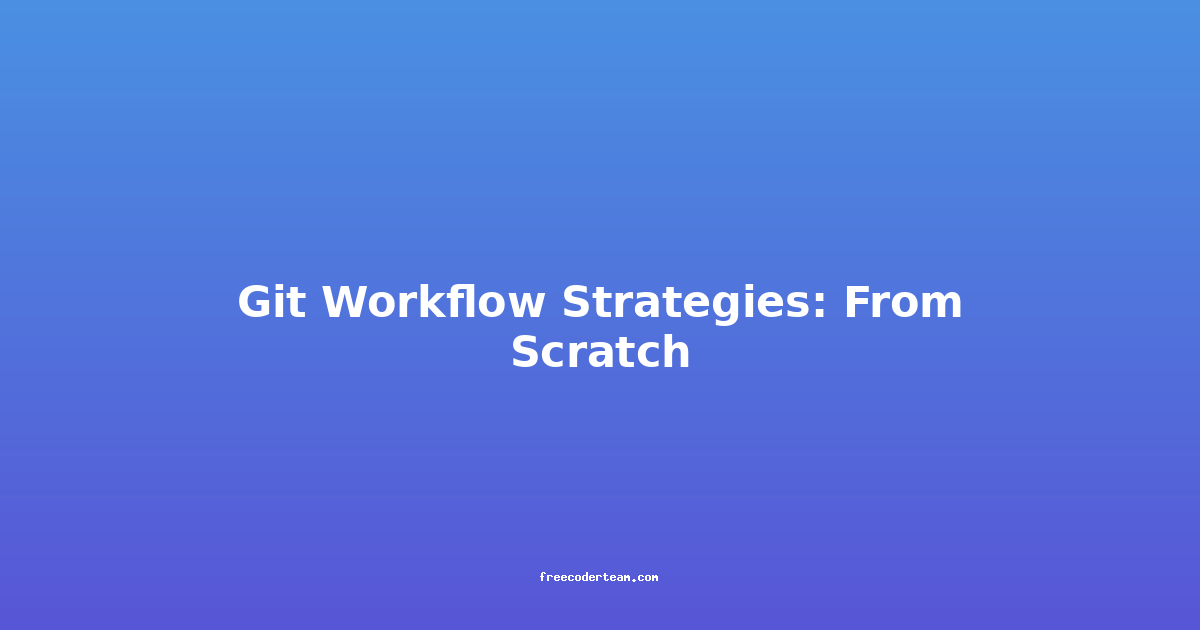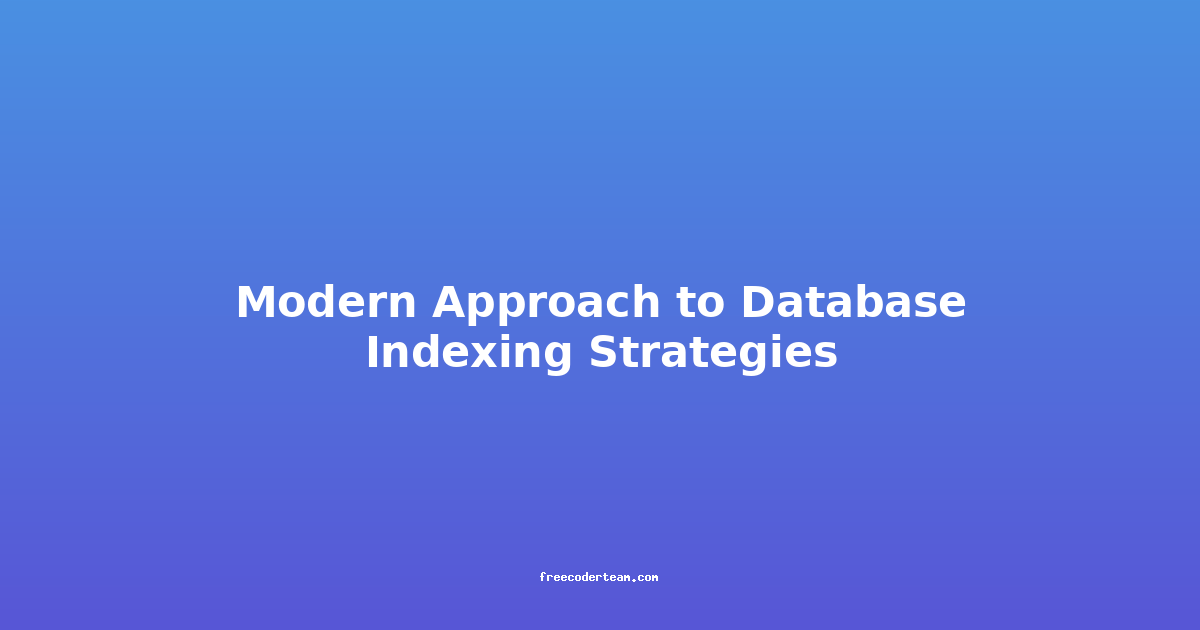Flutter Cross-Platform Development: Step by Step
Flutter is one of the most popular frameworks for building cross-platform applications, allowing developers to create apps for Android, iOS, Web, Desktop (Windows, macOS, Linux), and even Fuchsia. Its rapid development speed, beautiful UI capabilities, and consistent performance across platforms make it a go-to choice for many developers.
In this comprehensive guide, we'll walk through the process of setting up Flutter for cross-platform development, building a simple app, and exploring best practices along the way. Whether you're a beginner or an experienced developer, this step-by-step tutorial will help you get started with Flutter effectively.
Table of Contents
- Prerequisites
- Step 1: Setting Up Flutter
- Installing Flutter
- Setting Up the IDE
- Step 2: Creating Your First Flutter Project
- Using the Flutter CLI
- Understanding the Project Structure
- Step 3: Building a Simple App
- Designing the UI
- Implementing Functionality
- Step 4: Running the App on Different Platforms
- Android
- iOS
- Web
- Desktop
- Best Practices for Cross-Platform Development
- Code Reusability
- UI Consistency
- Performance Optimization
- Common Challenges and Solutions
- Conclusion
Prerequisites
Before diving into Flutter development, ensure you have the following:
- A Computer: macOS, Windows, or Linux.
- Basic Knowledge of Dart: Flutter is built using Dart, so familiarity with the language is essential.
- An IDE/Editor: VS Code or Android Studio is recommended.
- An Internet Connection: For downloading dependencies and updates.
Step 1: Setting Up Flutter
Installing Flutter
-
Download Flutter SDK:
- Visit the Flutter website and download the Flutter SDK for your operating system.
- Extract the downloaded archive to a location of your choice.
-
Add Flutter to Your PATH:
- For Windows: Add the
flutter/bindirectory to your system's PATH. - For macOS/Linux: Add the following line to your shell configuration file (e.g.,
~/.bashrcor~/.zshrc):export PATH="$PATH:/path/to/flutter/bin" - Reload the shell:
source ~/.bashrc
- For Windows: Add the
-
Verify Installation:
- Open your terminal and run:
flutter --version - If everything is set up correctly, you should see the Flutter version and channel information.
- Open your terminal and run:
Setting Up the IDE
1. Android Studio
- Download and install Android Studio.
- Open Android Studio and go to Tools > Flutter to enable Flutter and Dart plugins.
- Restart Android Studio.
2. VS Code
- Download and install VS Code.
- Install the Dart and Flutter extensions from the VS Code marketplace.
Step 2: Creating Your First Flutter Project
Using the Flutter CLI
-
Create a New Project:
- Open your terminal and navigate to your desired directory.
- Run the following command to create a new Flutter project:
flutter create my_flutter_app - Replace
my_flutter_appwith your desired project name.
-
Navigate to the Project Directory:
cd my_flutter_app
Understanding the Project Structure
A typical Flutter project has the following structure:
my_flutter_app/
├── android/
├── ios/
├── lib/
│ ├── main.dart
├── test/
├── pubspec.yaml
├── README.md
- android/ and ios/: Platform-specific code for Android and iOS.
- lib/: Your Dart code for the app.
- main.dart: The entry point of your Flutter app.
- pubspec.yaml: Configuration file for dependencies and assets.
Step 3: Building a Simple App
Let's build a simple counter app that increments and decrements a number.
Designing the UI
-
Open
main.dart:- This is the entry point of your app.
-
Update the Code: Replace the default
main.dartwith the following code:import 'package:flutter/material.dart'; void main() { runApp(MyApp()); } class MyApp extends StatelessWidget { @override Widget build(BuildContext context) { return MaterialApp( title: 'Flutter Counter App', theme: ThemeData( primarySwatch: Colors.blue, ), home: CounterScreen(), ); } } class CounterScreen extends StatefulWidget { @override _CounterScreenState createState() => _CounterScreenState(); } class _CounterScreenState extends State<CounterScreen> { int _count = 0; void _incrementCounter() { setState(() { _count++; }); } void _decrementCounter() { setState(() { _count--; }); } @override Widget build(BuildContext context) { return Scaffold( appBar: AppBar( title: Text('Counter App'), ), body: Center( child: Column( mainAxisAlignment: MainAxisAlignment.center, children: <Widget>[ Text( 'You have pushed the button this many times:', ), Text( '$_count', style: Theme.of(context).textTheme.headline4, ), ], ), ), floatingActionButton: Row( mainAxisAlignment: MainAxisAlignment.end, children: [ FloatingActionButton( onPressed: _decrementCounter, tooltip: 'Decrement', child: Icon(Icons.remove), ), SizedBox(width: 16), FloatingActionButton( onPressed: _incrementCounter, tooltip: 'Increment', child: Icon(Icons.add), ), ], ), ); } }
Implementing Functionality
- State Management: The counter value is managed using the
setStatemethod, which rebuilds the UI whenever the state changes. - UI Components: Widgets like
Text,FloatingActionButton, andScaffoldare used to build the UI.
Step 4: Running the App on Different Platforms
Android
-
Connect an Android Device:
- Connect your Android device via USB or use an emulator.
-
Run the App:
flutter run- Flutter will detect your connected device and deploy the app.
iOS
-
Set Up Xcode:
- Ensure you have Xcode installed.
- Connect an iOS device or use the iOS simulator.
-
Run the App:
flutter run- Flutter will deploy the app to your iOS device or simulator.
Web
- Run the App in the Browser:
flutter run -d chrome- This will open your app in the Chrome browser.
Desktop
- Run on Windows, macOS, or Linux:
flutter run -d windows # For Windows flutter run -d macos # For macOS flutter run -d linux # For Linux- Ensure you have the necessary dependencies installed for desktop development.
Best Practices for Cross-Platform Development
1. Code Reusability
- Use Platform Channels: For platform-specific functionality, use Flutter platform channels to write native code and call it from Dart.
- Separate Platform-Specific Code: Keep platform-specific logic in separate files or modules.
2. UI Consistency
- Adopt Material Design or Cupertino Design:
- Use
MaterialAppfor Material Design orCupertinoAppfor iOS-like design. - For a consistent look across platforms, consider using flutter_platform_widgets.
- Use
- Use Responsive Design: Use
MediaQueryor packages like flutter_screenutil to ensure your app looks good on all screen sizes.
3. Performance Optimization
- Use State Management: For larger apps, consider using state management solutions like Provider or Riverpod.
- Avoid Over-Rendering: Use
constfor widgets that don't change, and optimizesetStatecalls. - Profile Your App: Use Flutter's built-in tools like
flutter analyzeandflutter doctorto identify and fix performance issues.
Common Challenges and Solutions
1. Platform-Specific Issues
- Solution: Use platform channels or conditional statements to handle platform-specific behavior.
2. Package Compatibility
- Solution: Ensure all packages are compatible with Flutter by checking their documentation and issues on GitHub.
3. Performance Bottlenecks
- Solution: Profile your app using Flutter's DevTools and optimize expensive operations.
Conclusion
Flutter offers a powerful way to build cross-platform applications with a single codebase. By following this step-by-step guide, you've learned how to set up Flutter, create a simple app, and deploy it across multiple platforms. Remember to adhere to best practices for code reusability, UI consistency, and performance to build high-quality apps.
Flutter's ecosystem is continuously growing, so stay tuned for updates and new features. With practice and exploration, you'll become proficient in building beautiful, performant apps for any platform.
Happy coding! 🚀
If you have any questions or need further assistance, feel free to reach out or explore Flutter's official documentation. Good luck on your Flutter journey!




